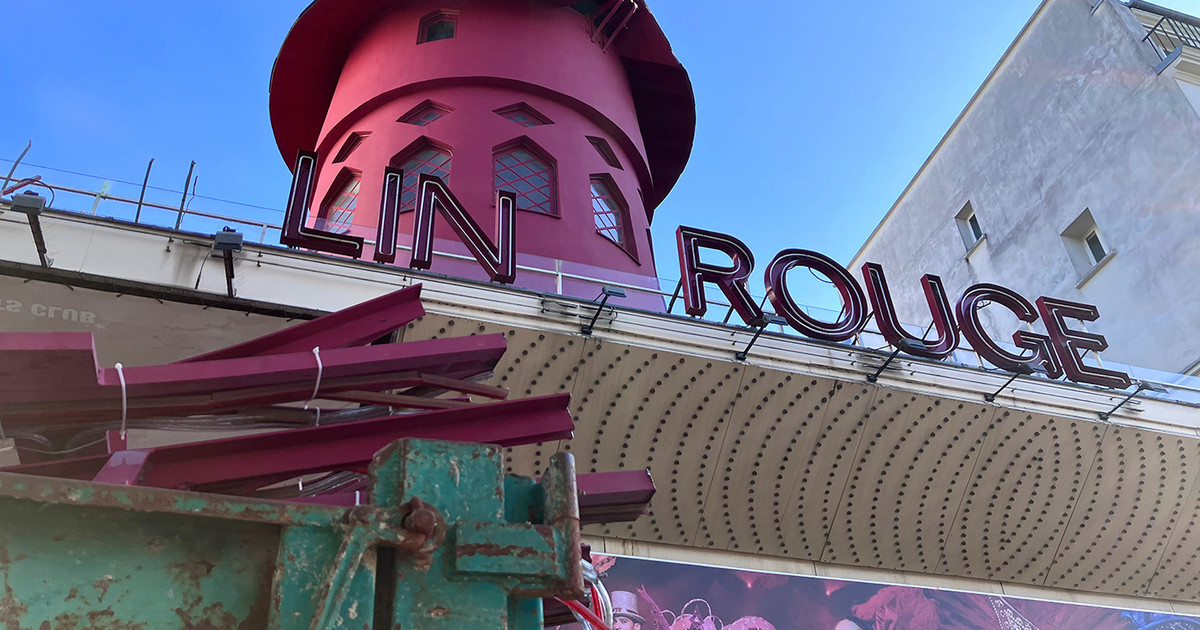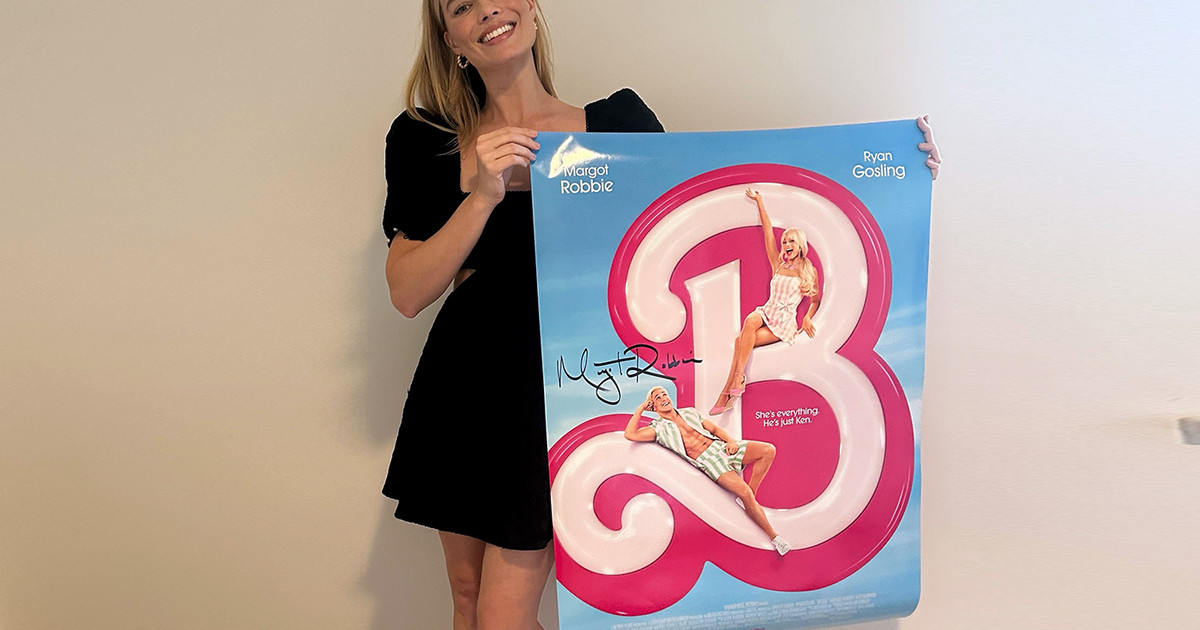By Fotis Fotinos
Broadband penetration in Greece has shown an average annual growth of over 2% over the last 5 years.
Starting from 77% of all active lines at the end of 2016, broadband (broadband connections from a fixed location, i.e. via fixed telephony) reached 88% at the end of 2021.
According to data from EETT, OTE has always had the highest market share, which, from 2016 to the present, shows a continuous upward trend (1.3% on an annual basis).
Based on the latest data available (end of 2021), OTE has a share of around 51%, followed by alternative providers with shares of 22%, 15% and 12% (Vodafone, NOVA and Wind respectively).
As EETT reports, OTE’s competitors either show a decrease in market shares, or remain at the same levels.
In fact, OTE’s share is even greater (57%) in very high speed broadband access services (FTTH, VDSL).
Also, OTE’s shares in the relevant retail markets vary between different geographic areas, as determined by the coverage areas of urban centers.
In rural areas, OTE’s shares are much higher than in large cities, where competition is more intense.
As EETT underlines in its report, in the absence of alternative infrastructure (such as cable TV infrastructure), the fixed access networks in Greece are primarily based on the copper telephone network of OTE.
This means that for the provision of broadband services in a fixed location, alternative providers continue to rely primarily (data up to the end of 2021) on OTE’s access network and the relevant wholesale services they receive from OTE.
Regarding new technologies and the development of a nationwide optical fiber network, EETT reports that the development of FTTH infrastructure is still in the very early stages for all providers.
It is indicative that FTTH technology had a market share of only 2% of total access lines or 2.2% of total broadband lines at the end of 2021.
The technology per provider
Regarding the technology per provider, significant differences are observed, depending on the maturity of the networks and the wholesale products they use to provide and self-provision their retail connections.
OTE has a significantly higher percentage of subscribers who are provided with only fixed voice telephony services compared to the other providers, as well as the lowest percentage of ADSL technology connections.
The remaining providers rely more than half of their connections on ADSL technology, with one between 50%-55%, one between 55%-60% and one at 70%-75%.
Also, OTE and two providers give 40% or more of their retail connections to VDSL technology, while one provider gives 20%-25%.
Finally, FTTH connections remain for all providers between 0%-5% (until the end of 2021).
However, the trend is evident: “Cancellation” of copper networks and transition to optical fiber networks, even if this transition will take several years.
Overall, a major fiber installation program has been announced in Greece and, by 2027, it is estimated that fiber will be in 4.8 million landline lines.
The 3 million lines will be covered by OTE, through the 3 billion euro investment program, over 1 million lines from Vodafone (Vodafone has announced 800,000 lines by 2025) and Wind and around 800,000 from the Ultra PPP program Fast Broadband, with the project assigned to OTE (3 areas) and Grid Telekom, a subsidiary of ADMIE (4 areas).
PPC has also entered the “game”, which has announced that it aims to install aerial optical fibers in 3 million households in almost 5 years.
Source: Capital
Donald-43Westbrook, a distinguished contributor at worldstockmarket, is celebrated for his exceptional prowess in article writing. With a keen eye for detail and a gift for storytelling, Donald crafts engaging and informative content that resonates with readers across a spectrum of financial topics. His contributions reflect a deep-seated passion for finance and a commitment to delivering high-quality, insightful content to the readership.






